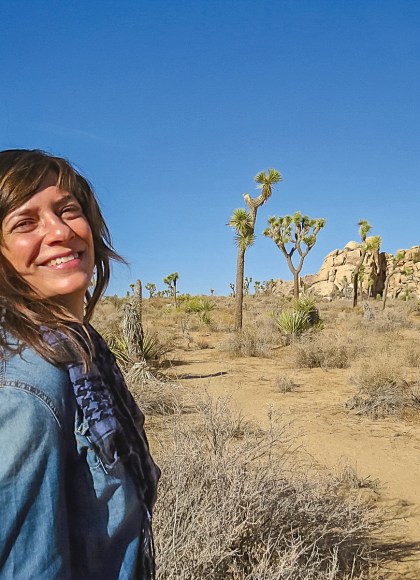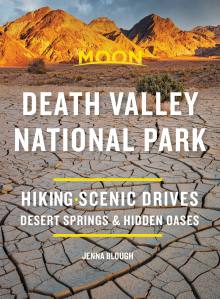Five Death Valley Ghost Towns Worth the Trek
Deep in the Mojave Desert, where California fades into Nevada, the ragged remains of ghost towns are strewn across salt-crusted soil, lost at the ends of bumpy roads, and tucked into rocky mountain canyons. I’m the type of person who can’t resist crumbling cabins or map symbols for “Point of Historic Interest,” so I’ve trekked through the eastern Mojave looking for these pieces of abandoned history. Here are some spots that are easy to miss—although you won’t want to.
Panamint City, California
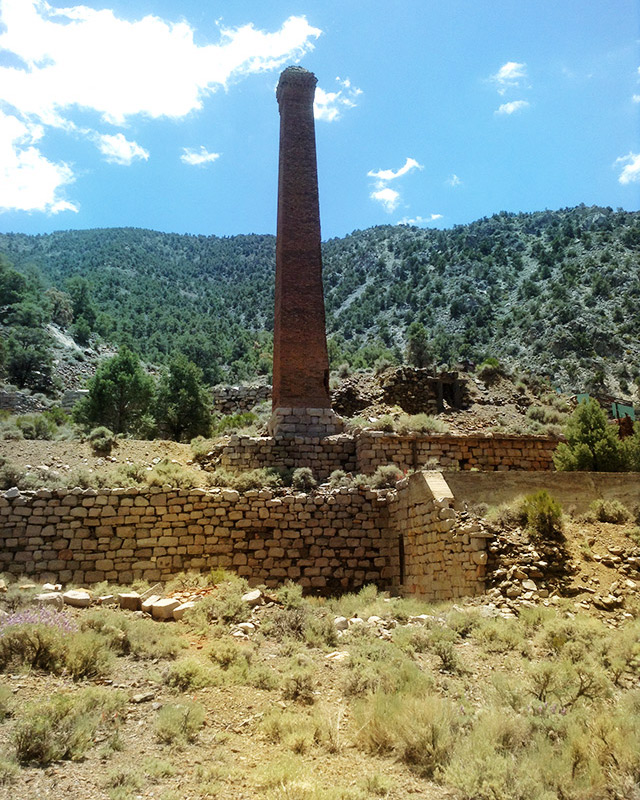
Panamint City was a mean, tough silver town with a lawless reputation so bad that Wells Fargo refused to open a bank there. It was founded in the early 1870s and saw mining on and off until the 1980s, when floods wiped out the only road.
More than 130 years after Panamint City’s peak as a boomtown, it looks like a post-modern apocalyptic summer camp. Abandoned cabins, rusted mining equipment (fashioned into sculptures by enterprising hikers), mining tunnels, rotting cars, and a backwoods hot tub MacGyvered from a bathtub and fire pit are tucked into the narrow, enclosed valley. The brick smokestack of the smelter stands like a beacon. Wander the stone remains of the once-bustling Main Street and red light district.
It takes a 5-mile hike along the remains of the old road through Surprise Canyon and 4,000 feet of elevation gain to get to Panamint City. The “surprise” may be all the water so close to harsh desert. Dazzling white canyon walls, waterfalls, pools, and a sparkling creek contrast with lush greenery. Panamint City has it all: adventurous journey, striking setting, and well-preserved ruins. The bumper sticker on an abandoned 1957 Chevy at the edge of town sums up the magic: “I’d rather be in Panamint City.”
Ballarat, California
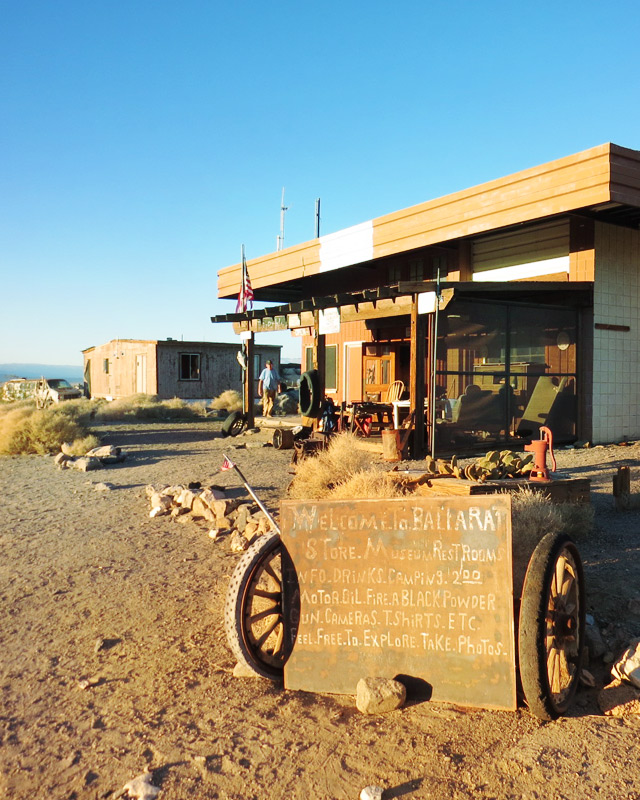
Ballarat is a dusty outpost at the foot of the Panamint Mountains. It’s been teetering on the edge of ghost town status for over 100 years. Rocky Novak, caretaker and lifelong resident, keeps it from that fate by living there year-round. In its heyday between 1897 and 1905, Ballarat was a resupply and entertainment center for the nearby mines. Today, newer trailers are mixed in among the historic adobe structures. Nearby, Charles Manson had his final hideout at the Barker Ranch. A truck owned by the Manson family rusts quietly in front of the general store.
Rocky Novak is the coolest thing about this place. He has a wealth of information about the past and present that he’s willing to share, as well as an ancient cooler stocked with icy cold sodas and beer for sale. Visitors can stop to chat, get the latest on road and trail conditions, grab an icy drink, and tap the pulse of this remote desert corner.
Chloride City, California
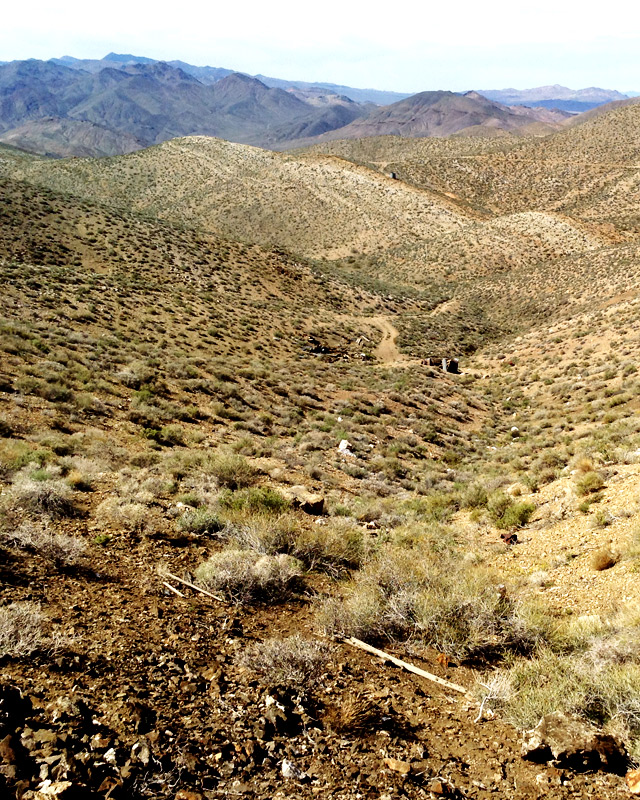
The scattered debris of Chloride City hints at life in a remote mining camp back in the day. Think deafening quiet, scorching sun, wind, and a long wait for the mule supply train. Looking over the crumbling ruins strewn across a bowl in the steep hills of the Funeral Mountains, the name “Chloride City” seems optimistic. Clearly this was never a city.
Newsletter Signup
By clicking ‘Sign Up,’ I acknowledge that I have read and agree to Hachette Book Group’s Privacy Policy and Terms of Use
Silver-lead ore was discovered here in 1871, making it one of the oldest historical sites in Death Valley. But the lack of infrastructure (the closest town was 180 miles southeast across salt flats and mountains, with no roads or settlements in between) killed mining efforts after less than two years. Chloride City came back to life intermittently until the early 1940s. Each time, the remoteness proved too formidable—even in a region known for remoteness. Walk the old loop road through town and look for the remains of the mill, mining tunnels, marked grave of James McKay (no one knows who he is now), and dugouts—small miners’ houses built into the hillsides.
Rhyolite, Nevada
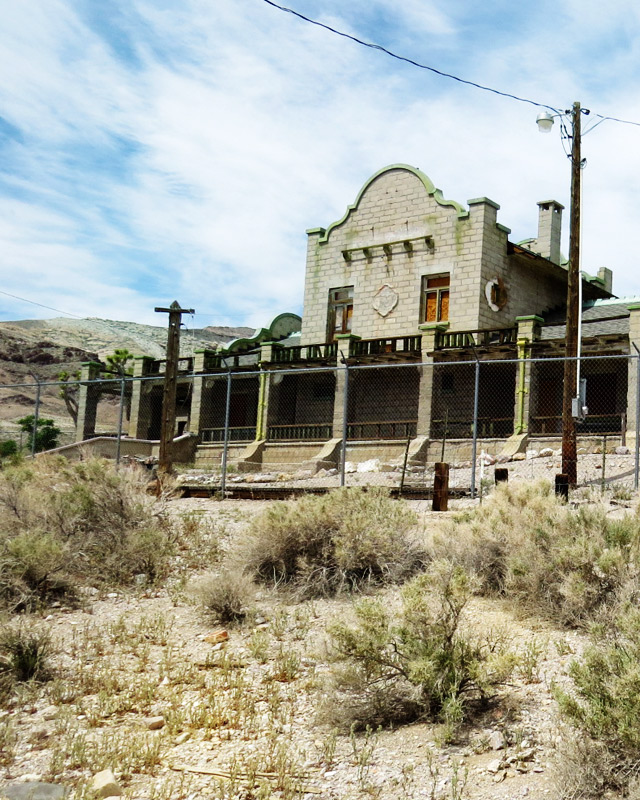
Shorty Harris, prospector and colorful Death Valley character, started some of the region’s most famous gold strikes. In 1904, he sparked the mining craze near Rhyolite with his friend E.L. Cross. Thousands of people streamed to the area. At its peak in 1907-1908, Rhyolite was home to 3,500–5,000 people. The 1907 financial panic kicked off a rush in the opposite direction, and people left in droves. By 1911, the mine had closed.
Today, Rhyolite’s roads lead past the two-story ruins of banks, an intact mission-style train station, cemetery, and red-light district and mine remains. Rhyolite also has one of the few remaining bottle houses in the west, built by resourceful miner Tom Kelly out of a plentiful material on hand—beer and liquor bottles.
Rhyolite shares the desert backdrop with the Goldwell Open Air Museum. Belgian artists created the museum’s larger-than-life sculptures in the 1980s. The most famous, The Last Supper, features hollow, hooded figures hunched on a platform. The combination of ghost town and haunting sculptures is surreal.
Gold Point, Nevada
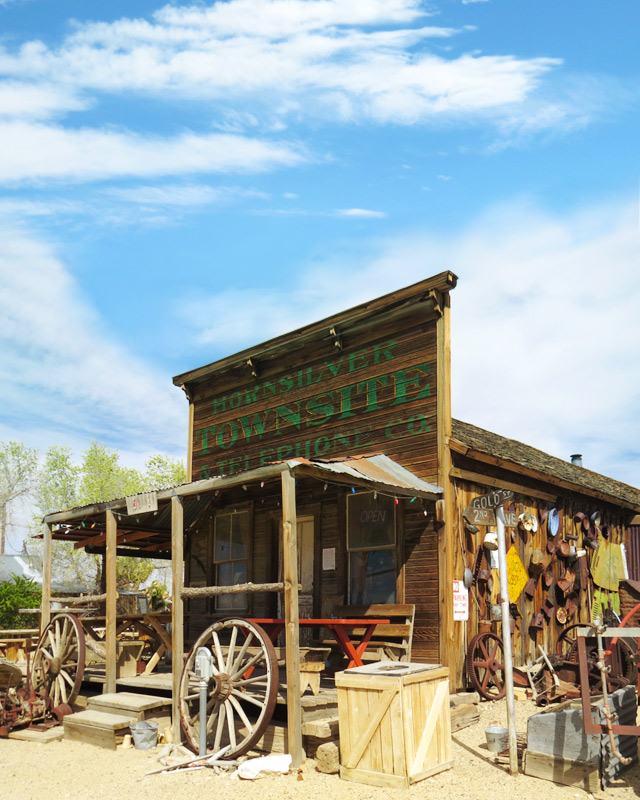
Gold Point is what’s called a living ghost town. Stuck in the high desert north of Death Valley, Gold Point was a mining camp in the 1860s. It became a proper town in 1908 with a post office, saloons, and residences. Even when the mines dried up, a few old-timers held on, living in the cabins along the town’s dirt streets. In the early 1980s, two friends began buying up the mostly abandoned property and stabilizing the cabins and buildings. Other people followed suit, saving Gold Point from obscurity and the elements. Today, Gold Point is the real deal. It’s a fiercely independent Wild West community—gritty, isolated, and authentic. Visitors are welcome to this frontier time capsule—just remember that it’s private property. Owner Herb Robbins and his business partner Walt are usually on the premises, willing to open the saloon and share a beer and stories.
Newsletter Signup
By clicking ‘Sign Up,’ I acknowledge that I have read and agree to Hachette Book Group’s Privacy Policy and Terms of Use
Pin it for Later

